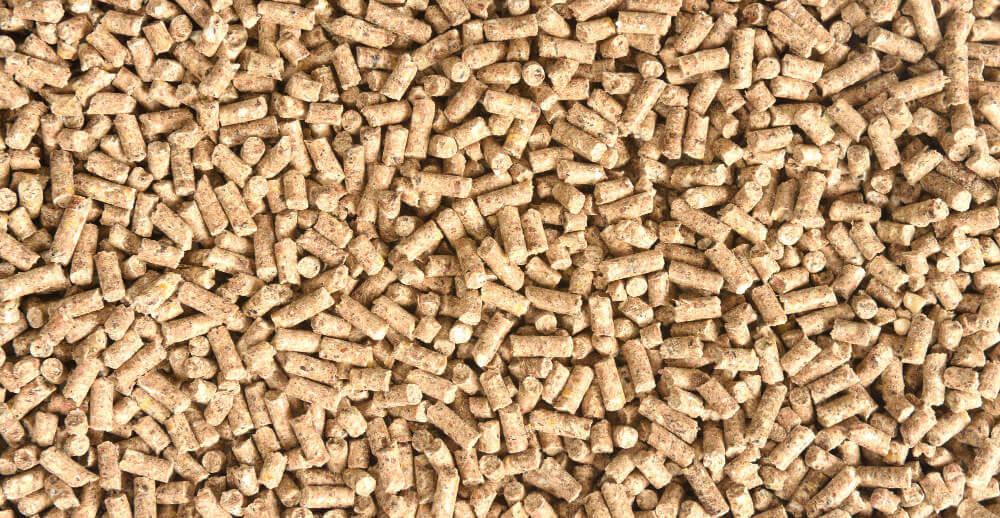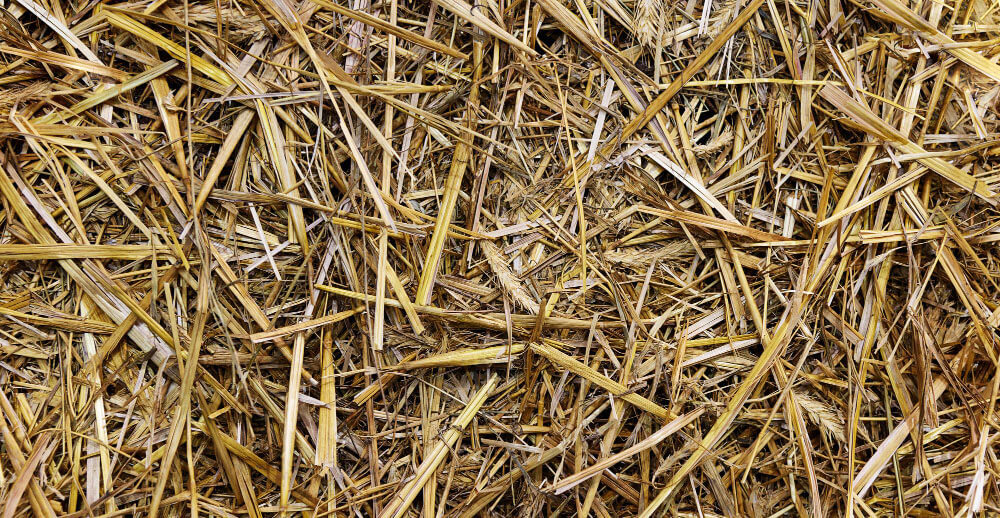Biomass installations
Our offer includes complete biomass heating plants and CHP plants consisting of biomass-fired boilers, fuel transport systems, pipelines, electrical and automatic systems as well as flue gas purification and discharge systems into the atmosphere. We make biomass installations in the power range from 1 to 50MWt.
The boilers we offer as a heating medium can use:
- low and high temperature water,
- steam,
- thermal oil.
Biomass cogeneration
Biomass cogeneration, which is used in combined heat and power plants, is a process of simultaneous production of electricity and heat as a result of biomass combustion. Biomass cogeneration can be implemented in the following variants:
- In a classic steam system with a biomass boiler
Steam generated in a biomass-fired boiler is directed to a steam turbine coupled with a generator. After expansion, the steam is directed to the heat exchanger, from where the heat is collected, which can be used for heating or for domestic hot water. The condensate formed behind the heat exchanger is pumped to the biomass steam boiler.
- In the ORC (Organic Rankine Cycle) system
The ORC system consists of two circuits – in the first circuit the circulating medium is thermal oil, while in the second the medium is a low-boiling organic medium. Thermal oil, after being heated in the boiler, is directed to the heat exchanger – evaporator. In the exchanger, the heat is transferred to the circulation of the organic medium, which has a lower evaporation temperature compared to water. The evaporated low-boiling agent is directed to the turbine. The remaining elements of the organic medium system are devices analogous to the classic steam system.
Fuels in biomass installations
In Poland, the most commonly used fuel in biomass installations is biomass of forest origin – for example in the form of wood chips, pellets and briquettes, or agricultural – including straw or plants from energy crops – called agro biomass. The biomass installations we offer can be adapted to the combustion of various types of biomass.
Depending on the type of biomass, its properties differ, while the common feature of biomass fuels is lower emissions of pollutants and greenhouse gases, such as CO2, in the combustion process, compared to coal, which makes them pro-ecological installations.

